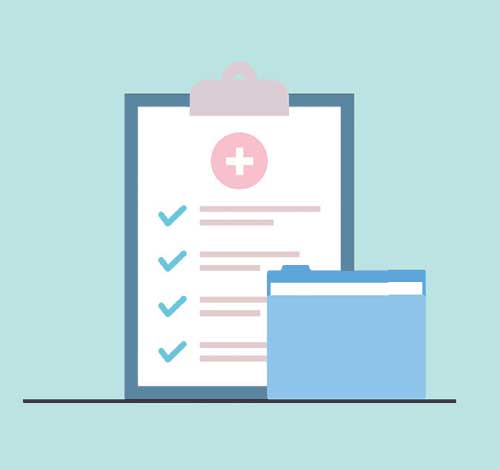
by Akemini “Kem” Isang, RN, JD
Ms. Isang is a Risk Manager at Professional Risk Management Services (PRMS).
Funding: No funding was provided for the preparation of this article.
Disclosures: The author is an employee of PRMS. PRMS manages a professional liability insurance program for psychiatrists.
Innov Clin Neurosci. 2023;20(7–9):52–53.
This ongoing column is dedicated to providing information to our readers on managing legal risks associated with medical practice. We invite questions from our readers. The answers are provided by PRMS (www.prms.com), a manager of medical professional liability insurance programs with services that include risk management consultation and other resources offered to health care providers to help improve patient outcomes and reduce professional liability risk. The answers published in this column represent those of only one risk management consulting company. Other risk management consulting companies or insurance carriers might provide different advice, and readers should take this into consideration. The information in this column does not constitute legal advice. For legal advice, contact your personal attorney. Note: The information and recommendations in this article are applicable to physicians and other health care professionals so “clinician” is used to indicate all treatment team members.
Question
A patient I’ve been treating for over three years recently completed suicide. I’ve heard of psychiatrists getting sued after such an event. What can I do to avoid getting sued?
Answer
Although it is not possible to predict whether a patient suicide will ultimately result in a lawsuit, good risk management strategies can help minimize the clinician’s liability risk.
What Can Clinicians Do to Manage their Liability Risks?
There are various things to keep in mind after a patient completes suicide. These are summarized below:
- Report the event to your professional liability insurer as soon as possible.
- Ensure proper record management:
- Protect the integrity of the record.
- Get guidance prior to releasing information.
- Keep correspondence with your liability insurance company and attorney separate from the clinical record.
- Determine the status of the patient’s bill.
- Consider whether you want the bill to go to the patient’s family.
- Receiving a bill after the patient’s death may trigger the family to file a lawsuit.
- Understand that confidentiality survives the patient’s death.
- Do not discuss the event with anyone until you have discussed this issue with your claim’s examiner or defense attorney.
- Expect requests for release of the patient’s record, such as from:
- Family members
- Medical examiner
- Insurance companies
- Other treating providers
- Attorneys.
- Obtain guidance from your claim’s examiner prior to participating in any type of review of your care, whether from a hospital, a payer, or any other organization, including:
- Peer review
- Incident review
- Quality assurance (QA) review.
- Be prepared to deal with your own emotions.
- Be prepared to deal with the patient’s family.
- Carefully consider whether to attend the patient’s funeral.
Risk Management Issues and Strategies
Request for records. Clinicians can expect requests for release of the patient’s record from the patient’s family, medical examiner, insurance companies, other treating providers, and/or attorneys. Keep in mind that patient confidentiality survives the patient’s death. Applicable state laws govern who may legally give consent for the release of patient information, so applicable laws must be consulted, and the proper procedures must be followed before information can be released.
Note that a request from an attorney does not necessarily mean that the attorney will be suing you. Typically, before agreeing to take the case, plaintiff attorneys will want to review the medical records.
Regardless of the source of the request for release of the patient’s record, you should obtain guidance from your liability insurance company in processing requests for information.
Reports and reviews. There have been cases where a facility has tried to avoid responsibility for potential malpractice by attempting to point the finger at the treating clinician based on information provided in good faith by the clinician about the event. Therefore, it is important to seek guidance from your liability insurance company prior to participating in any type of review of the patient’s care.
Documentation and record keeping. The patient’s record should be as accurate and complete as possible at all times; existing documentation should never be altered. Altering records may be a criminal act under state law, and your professional liability insurance policy likely excludes coverage if records have been altered. If there is important patient information that belongs in the record, you should contact your malpractice carrier for advice on how to document appropriately after the suicide.
Attending the funeral. Attendance at the patient’s funeral may be beneficial to the clinician, as well as the family. The risk management advice is for the treating clinician to only consider attending the funeral if there has been a specific invitation from the family. If you are invited and decide to attend, be prepared to answer the question of how you know the deceased without breaching confidentiality.
Conclusion
It is important to keep in mind that not all adverse outcomes are the result of medical errors, and not all medical errors result in a lawsuit. Implementing the risk management strategies discussed above can mitigate the risk of professional liability after a patient suicide.


